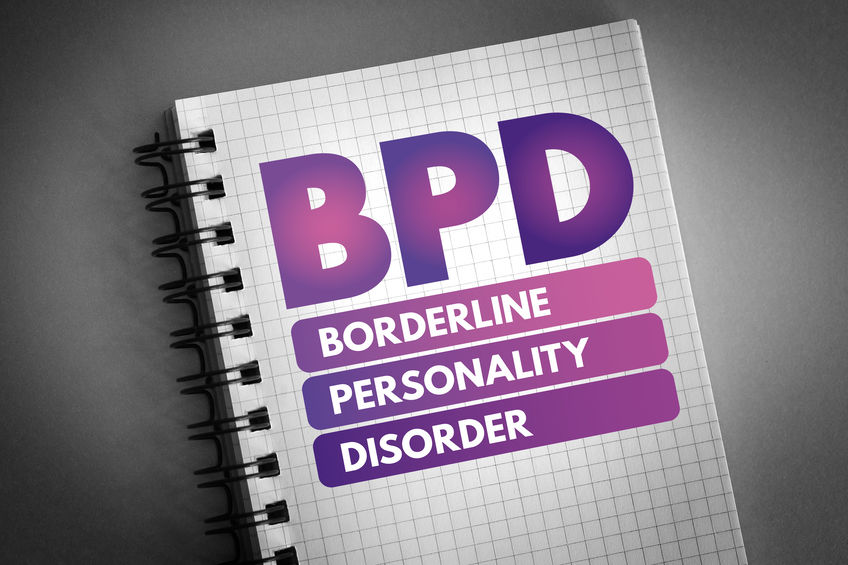- +33 877 554 332
- [email protected]
Personality disorders are mental health conditions characterized by lasting, rigid, and dysfunctional patterns of feelings, thoughts, and behaviors. One of the most prevalent personality disorders in clinical populations is called borderline personality disorder (BPD).
People with BPD are impulsive, have a shaky sense of self, experience strong mood swings, and have unstable relationships.
In this article, we discuss the characteristics of BPD and its development. Let us begin with its diagnostic criteria.
The diagnostic criteria for a borderline personality disorder are outlined in the latest edition of the Diagnostic and Statistical Manual of Mental Disorders (DSM-5).
To receive a diagnosis, one must meet five or more of the criteria listed below.


Specifically, people with BPD…
desperately try to prevent potential abandonment.
Patients with BPD also have a tendency to undo the progress they have made just when a goal is within reach. For instance, they might repeatedly call in sick just when they are about to get promoted at work. Indeed, interruptions in work, relationships, and education are common in these individuals.
Co-occurring mental health conditions in BPD comprise mood disorders, attention-deficit/hyperactivity disorder, eating disorders (particularly bulimia nervosa), substance abuse, posttraumatic stress disorder, and other personality disorders (e.g., paranoid personality disorder).
The lifetime prevalence of BPD in the general population is about 6%, with women being only slightly more likely than men to develop this condition. BPD is more common in individuals who are younger, single and have lower education and income.
Borderline personality disorder often develops during adolescence and early adulthood. Biological factors may play a role in the development of BPD. As the DSM-5 notes, compared to the general population, the biological relatives of people with BPD are five times more likely to have this condition.
But this disorder does not develop in all biologically vulnerable individuals, so environmental factors also matter. According to Marsha Linehan’s biosocial theory, BPD develops as a result of the interaction between an individual’s biological constitution, including certain personality factors (e.g., emotional reactivity, sensitivity to negative emotions), and the person’s environment.
Specifically, if an emotionally sensitive child has his or her needs met regularly, and has an early family environment that is warm and nurturing, the person may never develop the disorder.
In reality, the family environments patients with BPD recall were anything but. To illustrate, as children, when they expressed a negative emotion (e.g., “I’m really sad.”), they were validated only occasionally. Often they were ignored or directly invalidated—contradicted (e.g., “Stop lying, you are very happy.”), mocked (e.g., “You big cry-baby!”), etc.
Not only do such interactions result in feelings of tension and anger in an emotionally sensitive child, but they also make it difficult for the child to ever learn how to label his or her emotions correctly.
Not surprisingly, adults with BPD often have trouble validating or even identifying their emotions.
Many treatments for BPD—including an effective, evidence-based treatment called dialectical behavior therapy—help patients learn how to identify their emotions, self-validate, and satisfactorily meet their other emotional needs.
With regular therapy, these individuals become more self-aware, more in control, and more likely to have stable and fulfilling relationships.
We accept most insurance plans.
Learn more about our office & staff.
Contact us to set up an appointment today